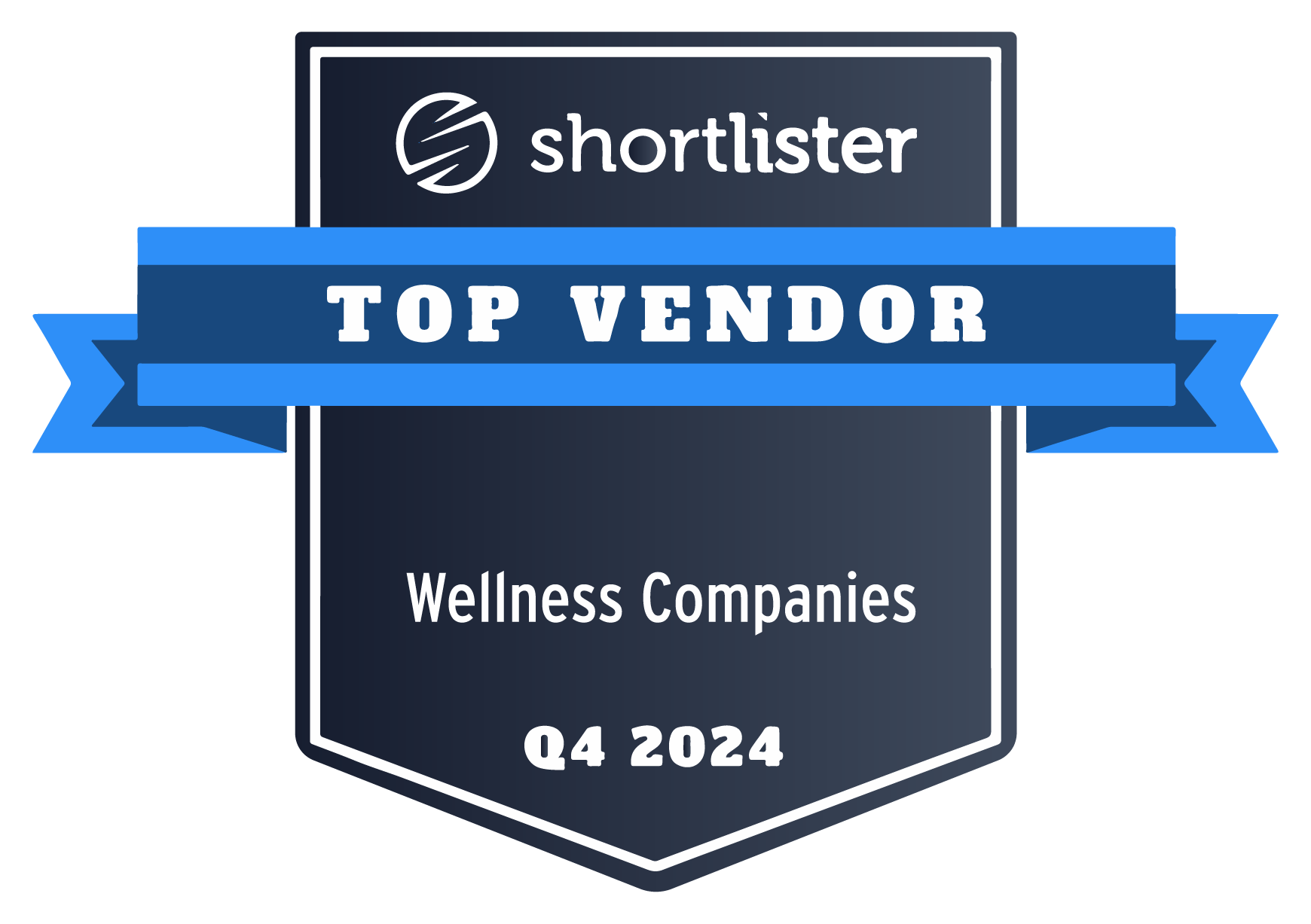Until recently, employee wellness programs were viewed as a nice-to-have benefit, not necessarily a strategic imperative. The increased stress and burnout brought on by the pandemic has accelerated the focus on employee well-being, making it more critical now than ever before.
Brandon Hall Group research found that 89% of organizations that track wellness spending see a positive return on investment. The results show that a focus on employee well-being can result in significant improvements to a number of key business outcomes, including employee engagement, retention, customer satisfaction, and profitability.
Steps To Measuring Employee Wellness Program ROI
As with any outlay, companies want to measure their return on investment (ROI) when implementing an employee wellness program. Use these steps to help guide you:
1. Define Your Key Metrics
Before you can determine whether your program is effective, you’ll need to identify which metrics you’ll use to define success. Tie those metrics directly to company objectives, the key challenges facing your business, and the results you’re looking to achieve. For example, if attracting and retaining talent is a priority for your organization, then focus on tracking talent acquisition and turnover rates. Common metrics depending on your business objectives may include:
- Employee engagement: Use pulse surveys to measure employee engagement and other dimensions of organizational culture.
- Talent acquisition: Track your overall talent pipeline, time-to-hire metrics, and the quality of your hires.
- Voluntary turnover: Track the percentage of workers who leave the company voluntarily and look for trends in the reasons employees choose to leave.
- Productivity: Monitor whether employees are meeting business objectives and any decline or increase in overall output.
- Absenteeism: Track employee attendance and number of sick days to determine whether your wellness program is having an impact. A focus on well-being can translate into fewer absences due to issues such as stress, anxiety and depression.
2. Look at the Value on Investments
Return on investment focuses on savings relative to the costs of the program. However, the cost/benefit analysis of a wellness program cannot be relegated to monetary costs alone. Many of the benefits your company will realize are subtler and more nuanced than that. So, in addition to the ROI, we recommend measuring the Value on Investment (VOI). VOI involves aspects that may be more difficult to quantify, such as employee satisfaction and morale, which often translate to more measurable outcomes, like reduced employee turnover and increased productivity. Looking at both ROI and VOI can provide a more holistic picture of the effectiveness of your wellness program.
3. Consider Other Success Metrics
In addition to ROI and VOI, look at other measures that indicate program success, such as overall participation in the program. In many cases, success of your wellness program will be driven by a solid communication strategy centered on employee awareness, education and decision support. The more your employees understand the scope of your wellness program, the more likely they are to leverage these important benefits and appreciate the value they provide them.
4. Leverage Your Findings
Your ROI and other success metrics will reveal how well your program is performing. They tell you which aspects of the program are most effective and which ones may not be resonating with your employees. After reviewing the results, take the time to apply them and revise your program strategy accordingly. Remember that employees’ needs evolve at different stages of life and your wellness program needs to keep pace with them. To ensure your program remains relevant, track ROI, VOI and other key metrics regularly and make updates to your program as necessary.
5. Benchmark
Benchmarking can be useful to see how your wellness program stacks up against similar companies in your industry. By analyzing workforce trends, you will uncover important market insights. With an accurate view of the impact of various benefits offerings, your company can make continuous improvements and use your wellness program as a competitive advantage.
The COVID-19 pandemic has emphasized the critical role employers need to play in supporting their employees’ well-being. As HR leaders continue to evolve their post-pandemic strategies, offering resources and tools to strengthen employee wellness can help improve the employee experience and create a workplace where employees thrive―ultimately contributing to positive business results.
Explore the tangible value you and your employees can gain with the BrightPlan Total Financial Wellness solution.














